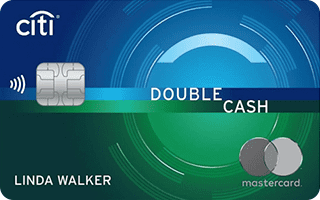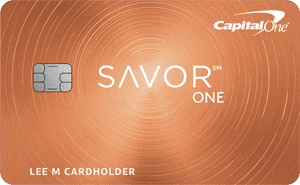Both the Citi Double Cash Card and the Capital One SavorOne Cash Rewards Credit Card offer compelling cash back rewards without an annual fee, which is why you're likely considering them. If maximizing cash back on every purchase is your goal, the Citi Double Cash's straightforward 2% on all purchases — 1% when you buy and another 1% as you pay — makes it a strong contender.
However, the SavorOne Cash edges ahead with its higher cash back rates in specific categories like dining and entertainment, and its welcome offer. While the Citi Double Cash Card is a solid choice, especially for those who value simplicity, the SavorOne's bonus categories and introductory APR offer on purchases and balance transfers make it particularly attractive if those features align with your spending.


















